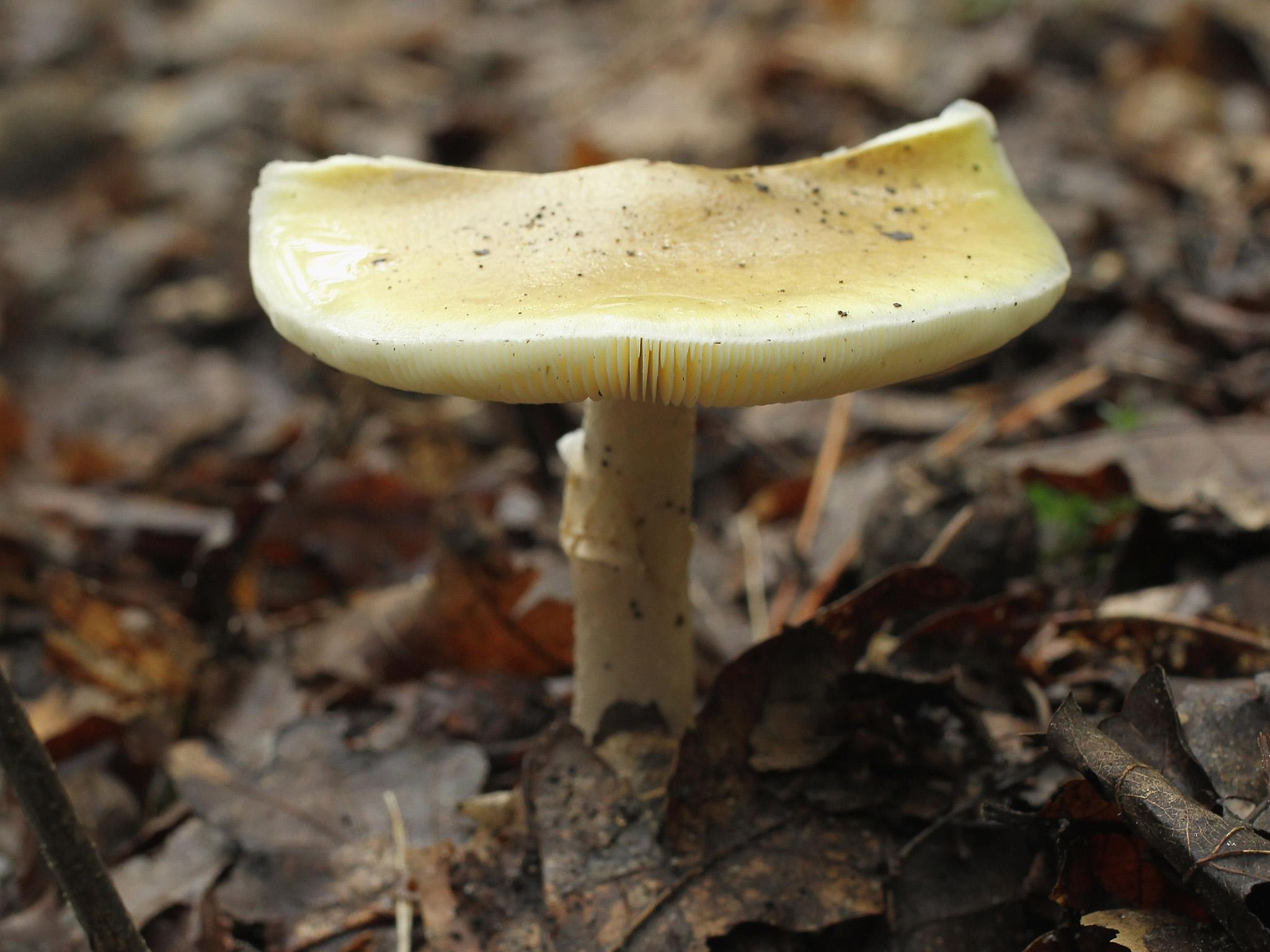Foragers warned against eating lethal death cap mushrooms as they flourish in mild and damp weather
There has been an increase in the numbers of the deadly fungi spotted in the UK

Your support helps us to tell the story
From reproductive rights to climate change to Big Tech, The Independent is on the ground when the story is developing. Whether it's investigating the financials of Elon Musk's pro-Trump PAC or producing our latest documentary, 'The A Word', which shines a light on the American women fighting for reproductive rights, we know how important it is to parse out the facts from the messaging.
At such a critical moment in US history, we need reporters on the ground. Your donation allows us to keep sending journalists to speak to both sides of the story.
The Independent is trusted by Americans across the entire political spectrum. And unlike many other quality news outlets, we choose not to lock Americans out of our reporting and analysis with paywalls. We believe quality journalism should be available to everyone, paid for by those who can afford it.
Your support makes all the difference.Foragers are being warned about a deadly strain of mushrooms experts say are flourishing this autumn due to the mild and wet weather.
The lethal death cap mushroom, known as Amanita phalloides, is common in the UK but its numbers have increased due to the weather with “masses and masses” of the fungi reportedly found in south Wales.
Experts have warned people to avoid picking and eating wild mushrooms unless they know what they are doing and know how to distinguish between the different types.
The death cap, which kills up to 90 per cent of people who eat it, is distinguished by the pale green colouring of their caps, a bulbous ring at the bottom of the stalk and a ring-like collar at the top.
They can grow up to six inches (15.24cm) tall and the caps can grow up to six inches in diameter.
It also often mistaken for an edible variety which looks similar.
Symptoms of poisoning can sometimes not appear for up to 24 hours after ingesting them but the victim will then begin to suffer nausea, vomiting, painful cramps and diarrhoea.
The discomfort will then pass but the toxins then begin to attack the liver and the kidneys which eventually causes renal failure.
There is no antidote and often a kidney transplant is the only way to save the patient, The Times reported.
Professor Lynne Boddy, from the British Mycological Association, said death cap mushrooms were indigenous to the UK and played a vital part in the ecosystem.
She said: “People don't need to be scared of them as long as they don't go around picking up mushrooms willy-nilly and eating them.
“I gave a talk on fungi and somebody came up to me and told me they had noticed masses and masses of them this year in an area of south Wales.”
In 2008, Amphon Tuckey died from eating the mushrooms which had been picked by her nephew and his wife in the Isle of Wight.
The Thai national, known as Juny, ate a small amount of the mushrooms as part of a meal prepared at her nephew’s house in Newport, BBC News reported.
An inquest heard how she had worried that the mushrooms were poisonous because they were similar to a variety she had seen in Thailand but ate them anyway.
Her niece, Kannika Tuckey, also became ill after eating three or four mushrooms and spent weeks in hospital with liver damage.
Join our commenting forum
Join thought-provoking conversations, follow other Independent readers and see their replies
Comments